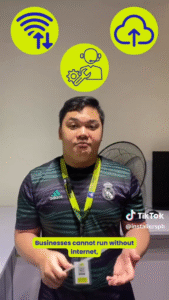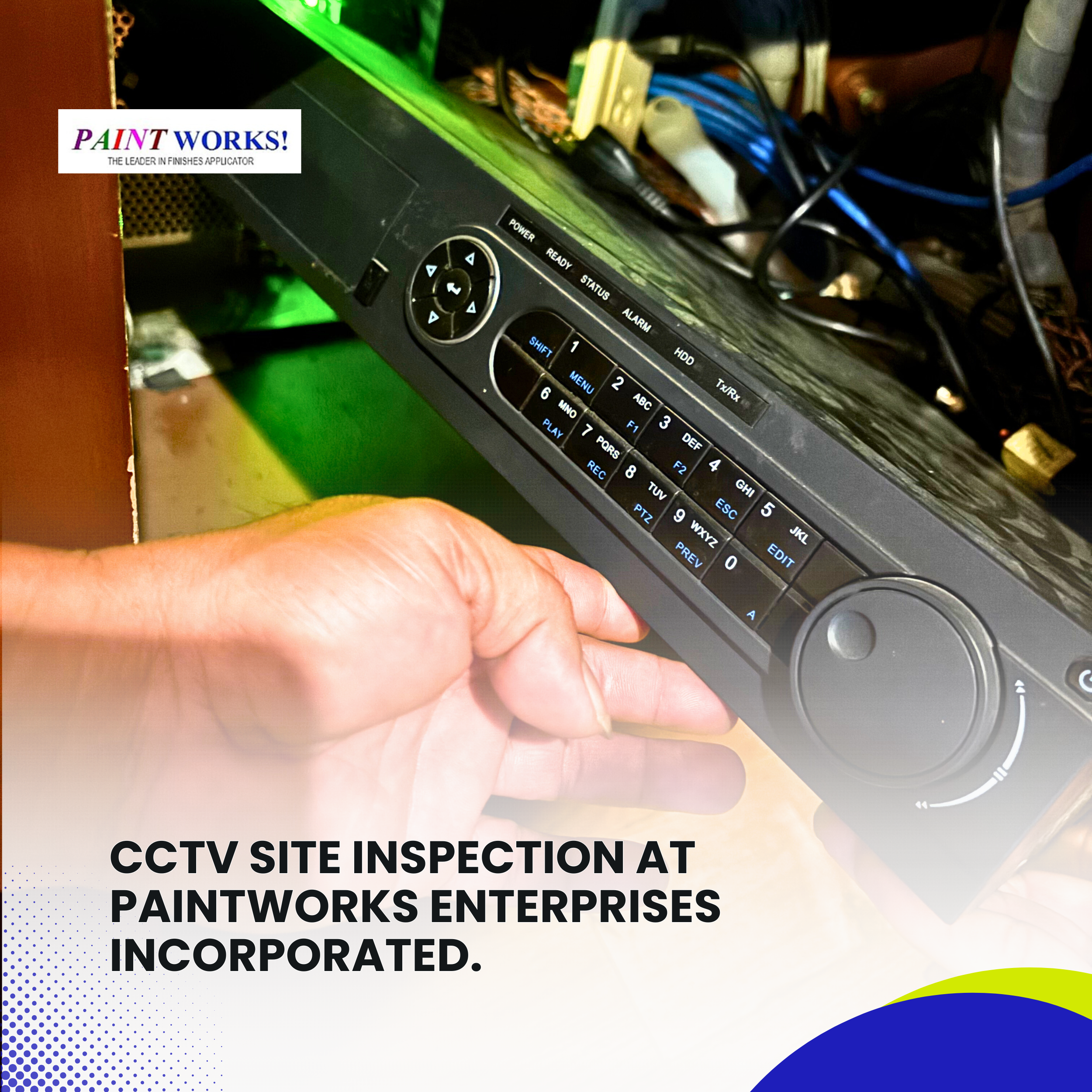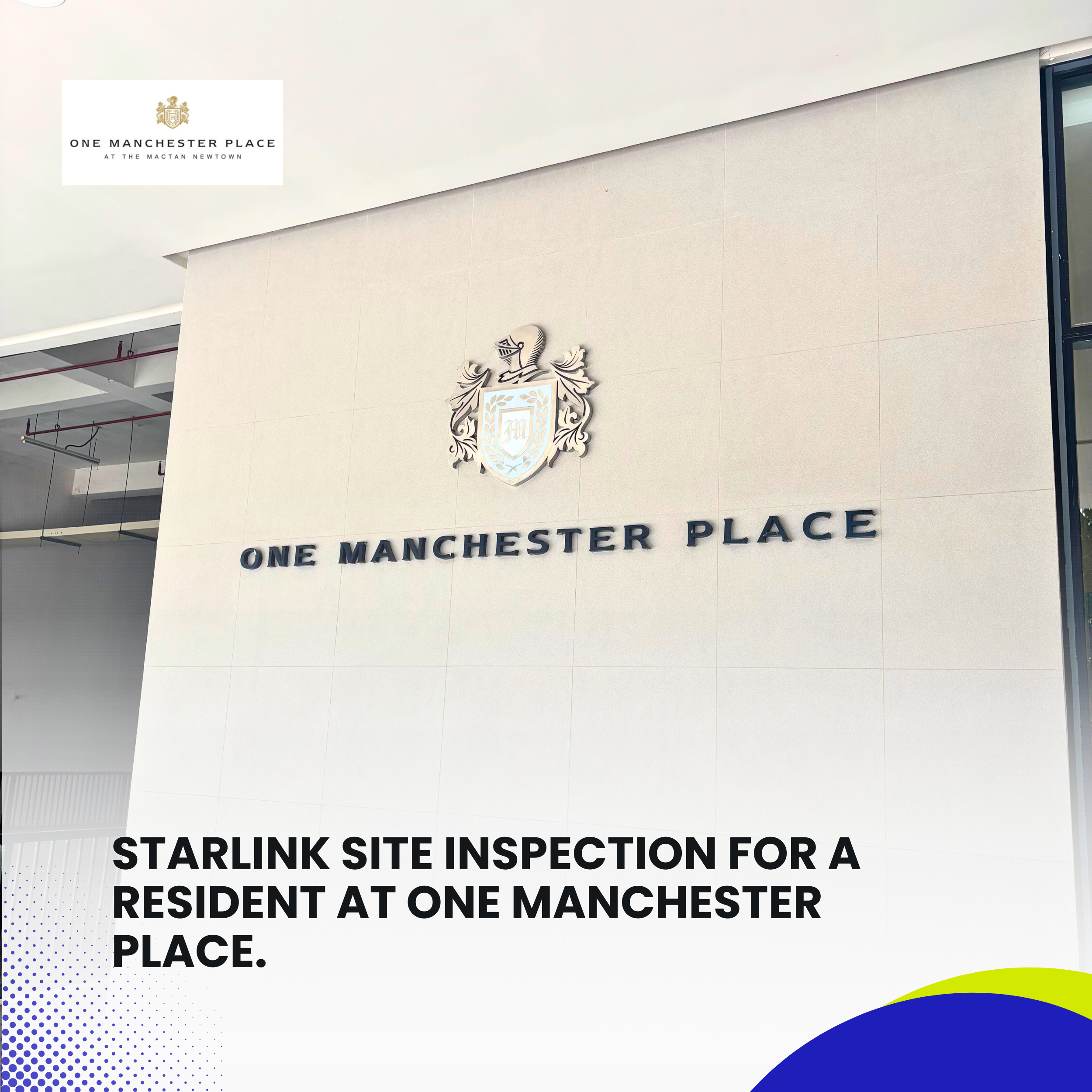CCTV Site Inspection at Paintworks Enterprises Incorporated. Introduction. InstallersPH IT Solutions recently conducted a CCTV Site Inspection at Paintworks Enterprises Incorporated to assess the condition and performance of their existing surveillance system. …
What is Fiber?

Introduction.
In an era where digital connectivity drives productivity, communication, and growth, businesses cannot afford unreliable or slow internet connections. From video conferencing and cloud computing to online collaboration and real-time data exchange, the modern workplace is powered by seamless digital infrastructure. Among the many networking technologies available, fiber optic cabling stands out as the gold standard for speed, reliability, and scalability.
At Installers PH, we specialize in delivering tailored fiber optic solutions for commercial environments. By bridging the gap between service providers and office floors, we ensure that your business has the high-performance internet backbone it needs to thrive. This article provides an in-depth look at fiber optic cables—what they are, how they work, why they outperform copper, and how our commercial services keep businesses connected inside multi-tenant buildings.
Product Video.
What are Fiber Optic Cables?
Fiber optic cables are thin strands of glass or plastic, roughly the diameter of a human hair, engineered to carry light signals instead of electrical currents. Unlike traditional copper cabling, which transmits data through electrical impulses, fiber optics use beams of light to carry information at nearly the speed of light.
Every time you send an email, stream a video, join a virtual meeting, or play an online game, that data can be transmitted through fiber optic lines. These cables form the backbone of modern global communication, from transcontinental internet connections to the networks that run inside buildings.
How do Fiber Optic Cables Work?
The concept behind fiber optics can be explained through a simple analogy: imagine shining a flashlight through a clear plastic tube. The light travels through the tube rapidly, bouncing off the walls until it reaches the other end.
In fiber optic cables, this principle is applied at a microscopic scale. Each cable contains multiple glass or plastic strands, called fibers. Data is encoded into pulses of light, which travel through the fiber by reflecting along the core. This phenomenon, known as total internal reflection, allows light to move over long distances without escaping the cable.
The result is an incredibly efficient medium that transmits information faster and more reliably than copper. It’s like upgrading from a bicycle lane to a bullet train; the pathway is smoother, the speed is unmatched, and the efficiency is unrivaled.
Why Fiber Optics Are Superior to Copper Cables.
For decades, copper cables have been the standard for network connectivity. However, as digital demands have grown, the limitations of copper have become apparent. Fiber optic cables provide three main advantages:
1. Speed
Fiber uses light, not electricity, to transmit data. This allows it to carry massive amounts of information almost instantly. While copper struggles with higher data rates, fiber is built to handle the exponential growth in bandwidth requirements from modern applications.
2. Distance
Electrical signals traveling through copper degrade quickly over long distances, requiring boosters or repeaters. Fiber optic signals, by contrast, maintain integrity over much greater lengths. This means fewer interruptions and less signal loss, even when connecting large office buildings or campuses.
3. Reliability
Copper is vulnerable to electromagnetic interference, weather conditions, and electrical noise. Fiber is immune to these issues, offering steady and seamless connectivity. Whether during a storm, in a crowded office environment, or near heavy machinery, fiber cables continue to deliver consistent performance.
These advantages make fiber the superior choice for both residential users seeking smoother streaming and businesses needing mission-critical connectivity.
Residential vs Commercial Fiber.
While both residential and commercial fiber optic connections use the same fundamental technology, they are designed for different environments and usage patterns.
Residential Fiber
Residential fiber is designed to meet the needs of households. It supports activities such as:
Streaming movies and TV shows
Online gaming
Remote work or virtual classrooms
General browsing and communication
However, residential fiber typically operates on a shared bandwidth model. This means that the speed may fluctuate depending on the number of neighbors using the service at the same time. While sufficient for households, this variability can create challenges for businesses.
Commercial Fiber
Commercial fiber, on the other hand, is engineered for organizations that depend on constant, high-quality internet access. Key features include:
Dedicated Speeds: Businesses get bandwidth that is not shared with other tenants.
Higher Upload Capacity: Essential for cloud backups, file transfers, and video conferencing.
Stronger Reliability: Designed to minimize downtime, ensuring operations continue smoothly.
Faster Technical Support: Businesses receive priority service, minimizing disruptions.
In short, while residential fiber is excellent for personal use, commercial fiber is indispensable for enterprises that cannot afford interruptions in their digital operations.
The Building Connectivity Challenge.
For many businesses in multi-tenant buildings, the challenge is not whether fiber optic internet is available, but how it is delivered. Providers such as PLDT or Globe typically bring their fiber lines only as far as the building’s basement.
By regulation and infrastructure limitations, providers stop their installations at this point. They are not responsible for extending the fiber cables to individual office floors. As a result, businesses face a critical gap: they may technically have access to fiber internet, but the connection does not reach their actual workspaces.
This is where many companies encounter delays and disruptions, as relying solely on providers leaves their connectivity stranded at the building’s entry point.
How Installers PH Solves the Connectivity Gap.
At Installers PH, we specialize in bridging this gap with commercial fiber optic cabling services. Our team runs the fiber optic cables from the provider’s lines in the basement directly to your office floor. In essence, we build a dedicated bridge between your business and the main provider infrastructure.
This process involves:
Site Assessment: We evaluate the building layout, pathways, and best routes for fiber installation.
Cable Installation: Our team carefully runs the fiber from the basement up to your office, ensuring minimal disruption to the building environment.
Termination and Testing: Once installed, we properly terminate the fiber strands and conduct rigorous testing to confirm signal strength and quality.
Integration: The fiber connection is integrated into your office network, ensuring all devices and systems benefit from the high-speed link.
By handling this critical step, we guarantee that your business enjoys the full benefits of commercial fiber internet—not just to the basement, but directly to your workspace.
Advantages of Choosing Commercial Fiber Installation.
1. Direct Connectivity
With Installers PH, your office gains a direct line to the provider’s network, eliminating weak spots and shared bottlenecks.
2. Business Continuity
Reliable internet is essential for day-to-day operations. With dedicated fiber installed in your office, you reduce the risk of outages that could affect productivity.
3. Seamless Integration
Our installations are organized, labeled, and aligned with industry standards. This ensures easy maintenance and future scalability.
4. Multi-Building Capability
We extend our services to commercial buildings of all sizes. Whether you operate in a single office tower or across multiple locations, we ensure consistent and dependable connectivity.
Applications of Commercial Fiber for Businesses.
Commercial fiber installations provide tangible benefits across industries:
Financial Institutions: High-speed, secure connections for transactions and trading platforms.
IT and BPO Companies: Reliable internet for call centers, support teams, and cloud-based operations.
Retail Stores: Smooth point-of-sale operations and digital inventory management.
Educational Institutions: Seamless e-learning platforms and virtual classrooms.
Healthcare Facilities: Secure, high-speed transmission of patient data and telemedicine services.
No matter the industry, stable and robust internet access is a non-negotiable requirement—and commercial fiber delivers it.
Why Professional Installation Matters.
Fiber optic cabling is more complex than copper wiring. It requires specialized tools, precision splicing, and careful handling of the fragile glass strands. Incorrect installation can lead to signal loss, connection failures, or costly repairs.
By working with Installers PH, you benefit from:
Expert technicians trained in fiber installation and termination
Industry-standard testing procedures to guarantee quality
Neat, professional setups with proper labeling and organization
Compliance with building codes and safety standards
Our professional approach ensures your investment in fiber cabling delivers the maximum return in terms of performance and reliability.
Future-Proofing with Fiber Optics.
As businesses continue to embrace digital transformation, network demands will only increase. Cloud computing, video conferencing, artificial intelligence, and IoT devices all require faster, more reliable connections. Fiber optic cabling is inherently future-proof, offering the capacity to scale with your growing needs.
By investing in fiber now, businesses position themselves to stay competitive, adapt to new technologies, and avoid costly infrastructure overhauls in the near future.
Conclusion.
Fiber optic cables are not just another type of wiring; they are the foundation of modern digital communication. With unmatched speed, long-distance performance, and reliability, they represent a transformative leap over copper-based networks.
For businesses, the difference between residential and commercial fiber is critical. While providers may deliver fiber to a building’s basement, it takes professional services like those offered by Installers PH to extend that connectivity directly to your office floor. By bridging this gap, we ensure your business operations remain fast, stable, and uninterrupted.
At Installers PH, we don’t just install cables—we deliver future-ready connectivity solutions. From assessment and installation to testing and support, our expert team is committed to keeping your business connected every single day.
If you’re ready to upgrade to reliable, high-speed internet that grows with your business, our commercial fiber optic cabling services are the solution.
Case Studies
Starlink Site Inspection for a Resident at One Manchester Place. Introduction. InstallersPH IT Solutions recently conducted a Starlink Site Inspection for a private resident at One Manchester Place, a modern high-rise condominium …
CCTV IT Support at San Jose Pension House. Introduction. In line with the company’s commitment to delivering reliable technical assistance and maintaining efficient surveillance systems, the IT support team conducted a troubleshooting …



